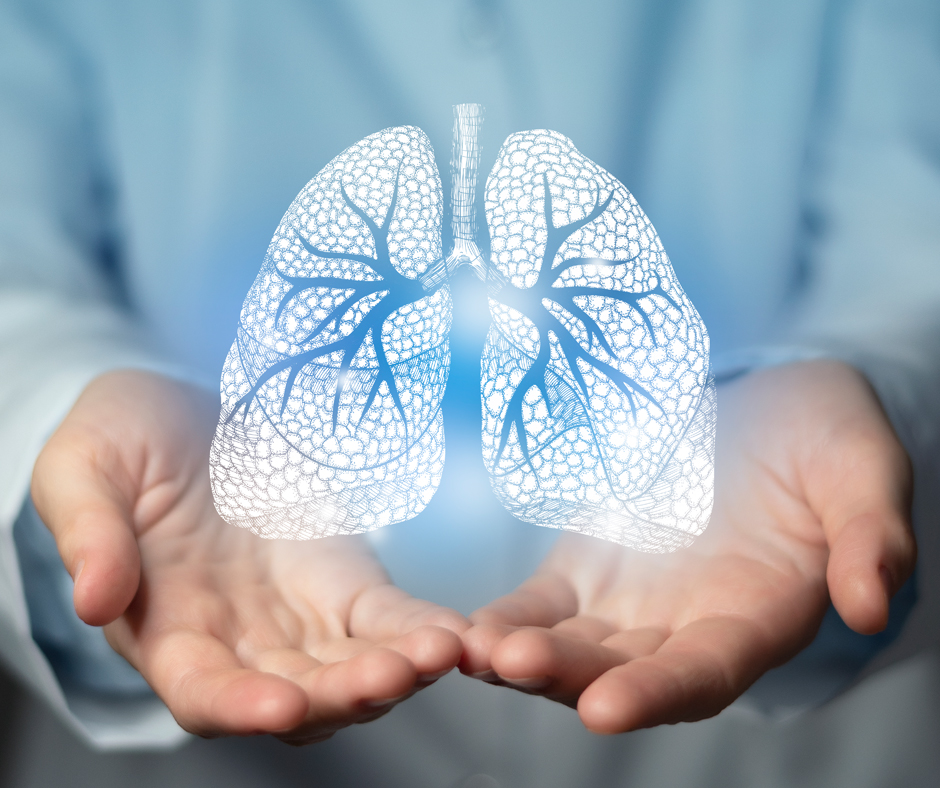You’ve been diagnosed with COPD – but how bad is it? Like many conditions, some cases of COPD are more severe than others. To determine the severity and proper treatment of each case, your doctor will classify the “stage” of your COPD using a grading system known as the Global Initiative for Chronic Obstructive Lung Disease (GOLD). The GOLD system aims to classify the severity of COPD cases by examining several factors, including symptoms, lung function, and frequency of flare-ups.
GOLD Stages of COPD
The GOLD system places cases of COPD into four distinct stages based on the results of your spirometry test as well as your current systems and exacerbation history.
GOLD 1 (Mild)
Patients in the first stage of COPD may not have noticeable symptoms. If symptoms are present, they usually include a persistent cough (with or without phlegm) and mild shortness of breath with exertion. Patients in this stage have an FEV1 of 80% or more of normal lung function.
Treatment for Mild COPD typically includes lifestyle changes such as smoking cessation, healthy eating, and regular exercise.
GOLD 2 (Moderate)
The second stage of COPD indicates a greater degree of lung obstruction, and patients have an FEV1 score between 50% and 79%. Symptoms are more pronounced and may include:
- A chronic cough with mucus
- Shortness of breath with mild activity
- Wheezing
- Fatigue
- Difficulty sleeping
Patients in this stage may be prescribed medications like bronchodilators or inhaled steroids to manage symptoms. They may also be instructed to do regular breathing exercises.
GOLD 3 (Severe)
Patients with Gold 3 COPD have FEV1 numbers between 30% and 49%, indicating a severe reduction in breathing function. Symptoms are much more intense and may impede a patient’s quality of life. In addition to an increase in Stage 2 symptoms, patients with severe COPD may experience chest tightness, difficulty breathing deeply, swelling of the ankles or feet, frequent respiratory infections, and wheezing during routine tasks.
Patients with Stage 3 COPD typically require an increase in daily medications as well as pulmonary rehabilitation and supplemental oxygen therapy.
GOLD 4 (Very Severe)
The final stage of COPD is a dangerous and life-threatening condition. FEV1 is less than 30% of normal lung capacity and patients are at increased risk of lung and heart failure. In addition to extreme trouble breathing and intense cough, patients may have increased blood pressure, low blood oxygen levels, and loss of appetite. Frequent flare-ups are common and can be fatal.
Patients in the last stage of COPD often require hospitalization and may need surgical intervention.

